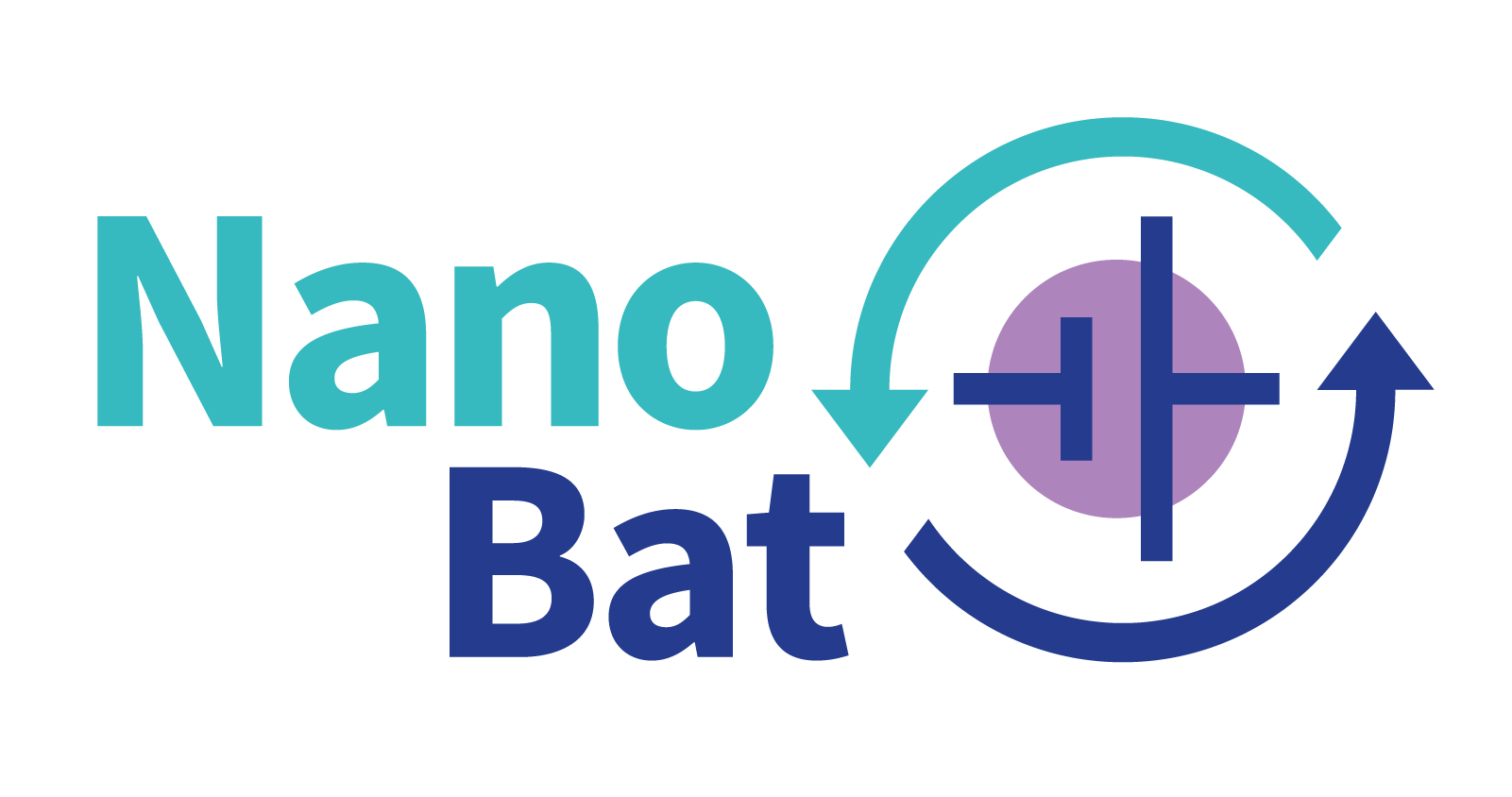
NanoBat
GHz nanoscale electrical and dielectric measurements
of the solid-electrolyte interphase
and applications in the battery manufacturing line
of the solid-electrolyte interphase
and applications in the battery manufacturing line
Thermally–dependant material relations - simulation setup
Download *.pmo file example (ZIP file).
Note: if the link does not open automatically, press right mouse button, choose “Copy link address” and paste it into a new browser window.
Note: if the link does not open automatically, press right mouse button, choose “Copy link address” and paste it into a new browser window.
Introduction to setting thermal properties of electrolyte
QW-BHM allows describing any medium of the dielectric isotropic or dielectric anisotropic type in the scenario in a separate medium text file, containing tabulated values of constitutive parameters (ε, µ, σ, σm - possibly anisotropic; also specific heat capacity, density, and heat transfer parameters) versus enthalpy and/or temperature. Each medium file should be of the same name as the name assigned to the corresponding medium in QW-Editor, with *.pmo extension. All media files must be placed in the current project directory. Creating a medium file allows you to specify how the temperature of the electrolyte affects its properties. A compound commonly used as an electrolyte in batteries was chosen as an example. Properties of Lithium hexafluorophosphate (LiPF6) salt in Dimethyl carbonate (DMC) solvent are available above for download.
The ability to manipulate material parameters makes it possible to investigate a series of different microwave heating scenarios for the battery under test. One of them is shown in the video below. In the posted file, the parameters of the electrolyte with a salt concentration of 1.5 mol/kg have been placed. It can be seen that with increasing temperature its conductivity rises. Therefore, after the BHM module step, the conductivity value is updated in all cells. This causes a different temperature distribution in the next step simulation.
QW-BHM allows describing any medium of the dielectric isotropic or dielectric anisotropic type in the scenario in a separate medium text file, containing tabulated values of constitutive parameters (ε, µ, σ, σm - possibly anisotropic; also specific heat capacity, density, and heat transfer parameters) versus enthalpy and/or temperature. Each medium file should be of the same name as the name assigned to the corresponding medium in QW-Editor, with *.pmo extension. All media files must be placed in the current project directory. Creating a medium file allows you to specify how the temperature of the electrolyte affects its properties. A compound commonly used as an electrolyte in batteries was chosen as an example. Properties of Lithium hexafluorophosphate (LiPF6) salt in Dimethyl carbonate (DMC) solvent are available above for download.
The ability to manipulate material parameters makes it possible to investigate a series of different microwave heating scenarios for the battery under test. One of them is shown in the video below. In the posted file, the parameters of the electrolyte with a salt concentration of 1.5 mol/kg have been placed. It can be seen that with increasing temperature its conductivity rises. Therefore, after the BHM module step, the conductivity value is updated in all cells. This causes a different temperature distribution in the next step simulation.
To use the *.pmo file, you need a battery model. You can use the pre-made ones from QW-Modeller or QW-Editor.
Example tests for different source frequencies are shown in the table below. As the frequency increases, the time for full heating of the battery increases.

Tab. 1 Effect of changing the frequency of the source on the electrolyte, whose material parameters depend on the temperature
1) *.pmo file created for QW-BHM Module

The NanoBat project has received funding from the European Union's Horizon 2020 research and innovation programme under grant agreement No 861962.
